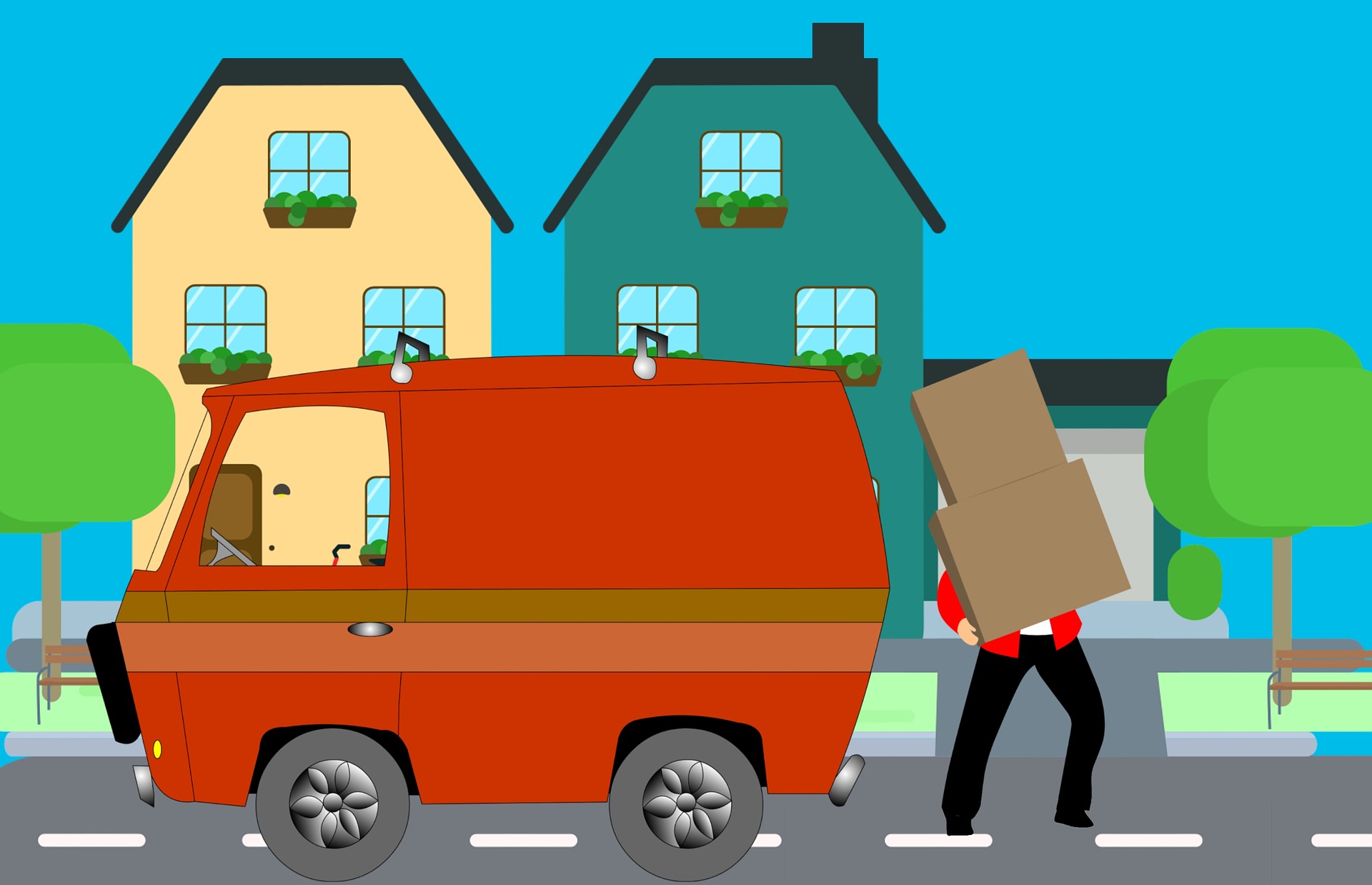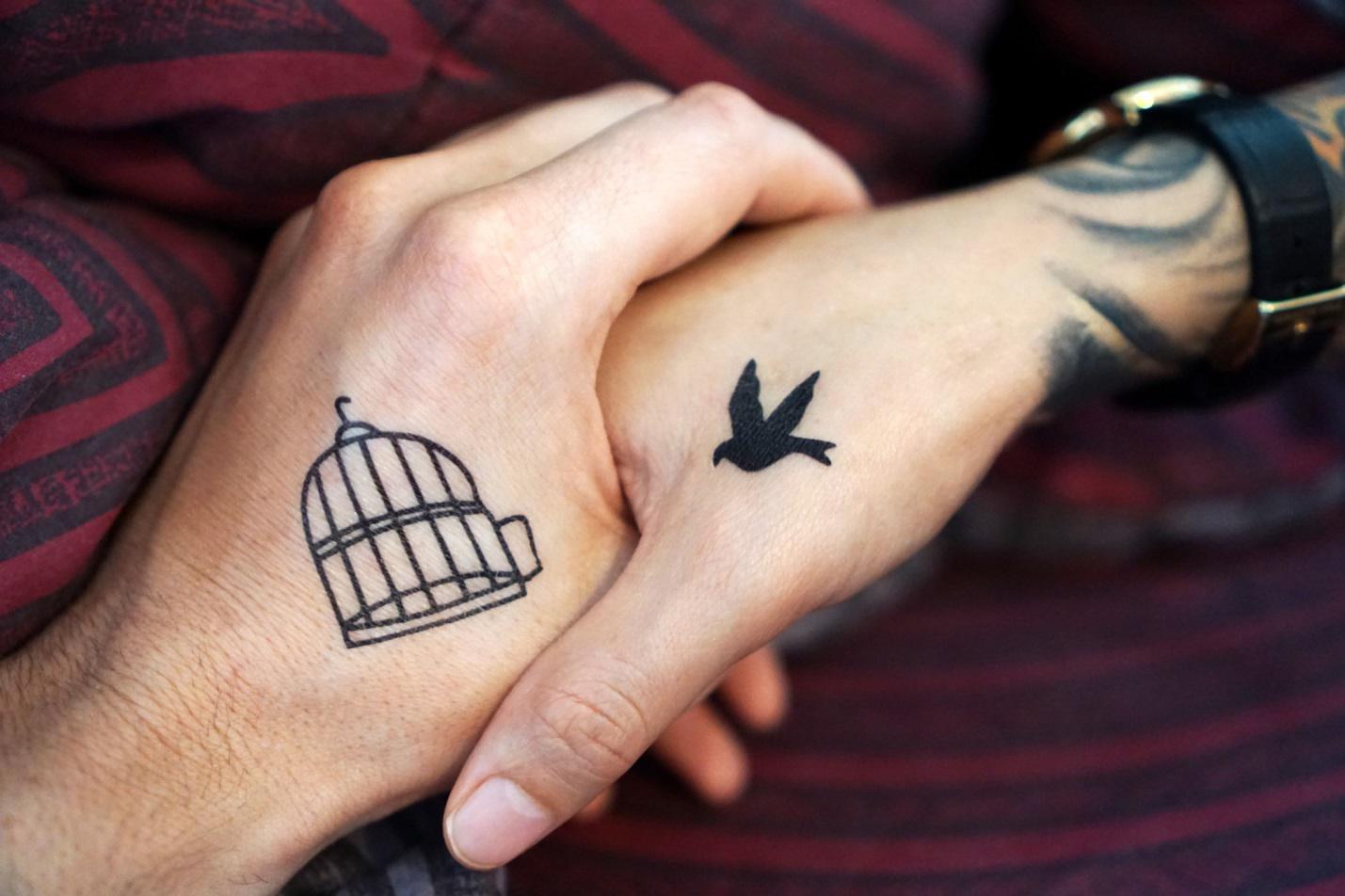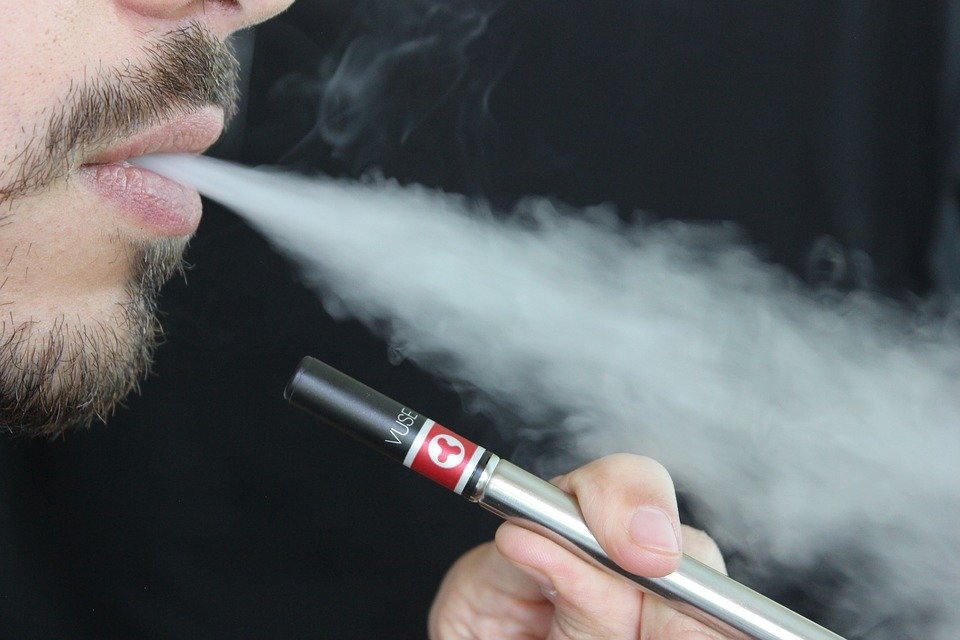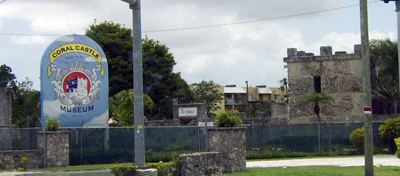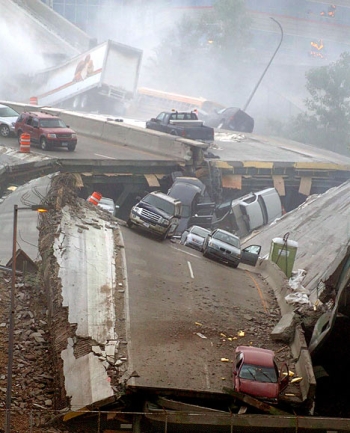
You may have recently read about the collapse of the Interstate 35W bridge over the Mississippi river. Do you know about these other collapses:
I-40 bridge disaster

On May 26, 2002, the captain of the tugboat Robert Y. Love accidentally crashed his barge into an I-40 bridge support in Webbers Falls, Oklahoma. A 580 foot section of the bridge fell into the Arkansas River. 14 people died.
The bridge was rebuilt in only two months, a record.
Silver Bridge Disaster

Silver Bridge wreckage at Point Pleasant, December 1967
On December 15, 1967, the Silver Bridge, a suspension bridge built in 1928 that connected Point Pleasant, WV and Kanauga, OH, collapsed during rush hour. 46 people died and 37 vehicles were destroyed. The cause was determined to be failure of a single eye-bar in a suspension chain. This, combined with poor maintenance and heavy loads that exceeded capacity, caused the collapse.
It should be noted that months before the accident, people reported seeing a strange creature called Mothman in the area. John Keel wrote a book in 1975 called The Mothman Prophecies (made into a movie in 2002). Urban legend says the Mothman is somehow connected to the accident.
Sunshine Skyway Disaster

Sunshine Skyway Bridge
On May 9th, 1980, a ship called the Summit Venture hit the Sunshine Skyway Bridge in Florida. The bridge crosses Tampa Bay and connects St. Petersburg with Palmetto. A 1,200 foot length of the bridge went down and 35 people, mostly in a Greyhound Bus, plunged 150 feet to their deaths. The accident was one of the worst bridge disasters in US history. At the time, the bridge was a steel cantilever bridge.
At 7:32, the weather cleared marginally. Lerro saw part of the bridge super structure directly ahead. With heartstopping clarity, he realized he was no longer in the shipping channel. He ordered a series of maneuvers, including emergency reversal of the engines and the deployment of the anchors. But it was too late. At 7:33, the bow of the Summit Venture collided with bridge pier 2S. The pier toppled, taking the roadway with it. On the bridge above and in the water below, terror of such magnitude no one could have dreamed filled the final seconds of 35 lives. In the hours that followed, it changed dozens more lives forever.
The horror in Lerro’s voice is painful to hear. Lerro: Mayday!Mayday!Mayday! Coast Guard. Mayday!Mayday!Mayday! Coast Guard.
Coast Guard: Vessel calling Mayday, vessel in distress. This is the United States Coast Guard, St. Petersburg, Florida. Request your position, the nature of your distress and the number of persons on board. Over.
Lerro: Get emergency…all the emergency equipment out to the Skyway bridge. Vessel has hit the Skyway bridge. The Skyway bridge is down! Get all the emergency equipment out to the Skyway bridge. The Skyway bridge is down. This is Mayday. Emergency situation. (Nearly screaming) Stop the traffic on that Skyway bridge!
CG: This is Coast Guard St. Petersburg, roger. What size is the vessel that hit the bridge? Over.
Lerro: It’s a large vessel. Stop the traffic on the Skyway bridge. There’s some people in the water. Get emergency equipment out to the Skyway bridge. Now.
CG: This is the Coast Guard, St. Petersburg, roger. What vessel are you on? Over.
Lerro: Summit Venture. Summit Venture.
CG: Summit Venture, Coast Guard St. Petersburg, roger. What is the size of your vessel and can you assist? Over.
Lerro: Cannot assist. We’re 606 feet long, light draft. We cannot assist here. We’re an abutment. Stop all the traffic on the bridge. Send some vessels out here to render assistance. People are in the water.
The new Sunshine Skyway opened in 1987 with a new design which is supposed to prevent such occurrences in the future. the Sunshine Skyway is the world’s longest bridge and it has a cable-stayed main span, about 5.5 miles long. The piers of the main span and the approaches for 1/4 mile in either direction are surrounded by large concrete barriers called “dolphins” that can protect the bridge piers from collisions with freighters larger than the Summit Venture.

The Sunshine Skyway, today
Ashtabula River Railroad Disaster

The bridge, before the collapse

After the collapse
One of the worst train disasters in US history, the Ashtabula Horror occurred in Ashtabula, Ohio on December 29, 1876. The Pacific Express crossed over a wrought iron truss bridge which crossed the Ashtabula River. The passengers heard a cracking sound, and then the bridge collapsed, pulling the train 70 feet down into the river. The area had undergone very heavy snow and at the time the wind was blowing about 40 mph.
Daniel McGuire, the engineer of the first locomotive, the “Socrates”, was the first to realize that there was a problem. As the engine crossed onto the bridge, he pulled the throttle out and increased the speed of the train. They needed the extra power to drive the train through the two feet of snow on the tracks and to push against the gale force winds that buffeted the train on the open bridge. But as the Socrates approached the western abutment of the bridge, McGuire had the sudden sensation that the engine was running uphill. He looked back and was stunned with horror as he saw the rest of the train — the second engine, the Columbia, and 11 cars — collapsing with the bridge as it plunged more than 80 feet downward to the creek below. McGuire pulled the throttle out all of the way and the Socrates surged ahead. He broke the coupling with the Columbia and somehow coaxed the engine to safety. As he pulled the brakes on the other side, McGuire heard the chilling sound of crashing sounds coming from the swirling darkness of the storm.
Source: Wikipedia:
The lead locomotive, The “Socrates” made it across the bridge, while the second locomotive, The “Columbia” and 11 railcars including two express cars, two baggage cars, one smoking car, two passenger cars and three sleeping cars and a caboose fell into the ravine below, then igniting a raging fire. The wooden cars were set aflame by kerosene-heating stoves and kerosene burning lamps. Some cars landed in an upright position and within a few minutes small localized fires became an inferno. The fire then caused the ice on the creek to melt and sent the wreckage even further into the freezing water.
92 people died in the accident.
At the time, the bridge was experimental. It was designed by Charles Collins and Amasa Stone. Both Collins and Stone later committed suicide over the event.

